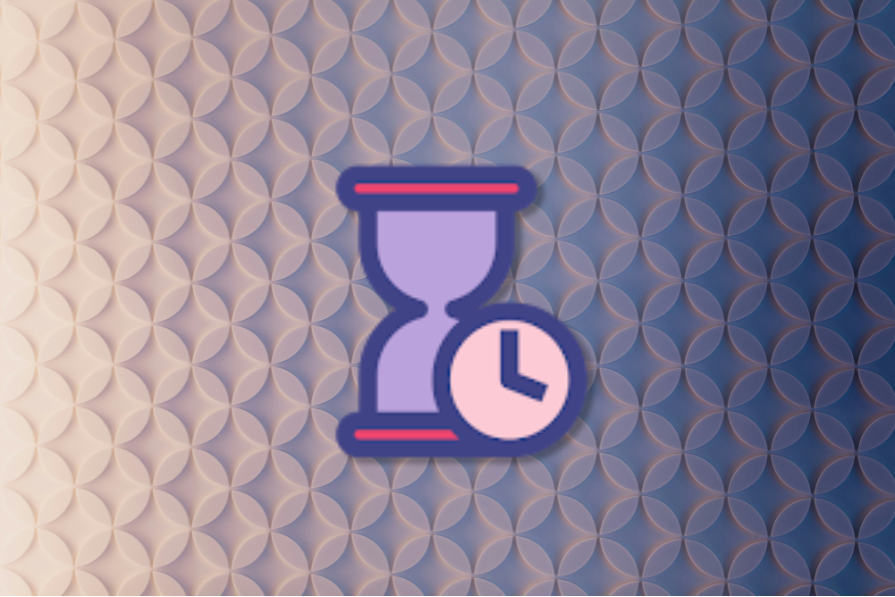Logrocket
1M
392

Image Credit: Logrocket
3 case studies of why speed isn’t always best for your product
- In the realm of product development, speed is often celebrated, but excessive speed can lead to long-term issues such as technical debt, bad user experiences, and team fatigue.
- Three case studies are explored to showcase the effects of speed: Sonos faced a $500 million loss due to rushed app updates, Osborne Computer Corporation suffered from the 'Osborne Effect' after leaking future product plans prematurely, and Apple thrived by prioritizing deliberate pacing and perfectionism.
- The desire for speed in product development stems from competitive pressure, investor expectations, user demands, and lean development principles.
- Moving too fast can result in technical debt, compromised user experience, and a lack of strategic thinking, leading to longer delays and higher costs.
- Rushed product development can cause a product to lose trust and credibility, as well as lead to feature creep and unreliable direction changes.
- Companies like Sonos and Osborne Computer Corporation experienced significant setbacks due to prioritizing speed over sustainability in product development.
- Apple's deliberate and methodical approach to product launches, emphasizing quality over speed, has contributed to its success and user trust.
- Balancing speed and sustainability requires careful execution, appropriate prioritization, incremental development, scalability design, and fostering a positive workplace culture.
- Striking the right balance between speed and sustainability is crucial for achieving long-term growth and success in product development.
- Speed in product development can be a double-edged sword, where rapid iteration is beneficial but undue haste can lead to detrimental consequences; thus, moving strategically is key.
Read Full Article
23 Likes
For uninterrupted reading, download the app